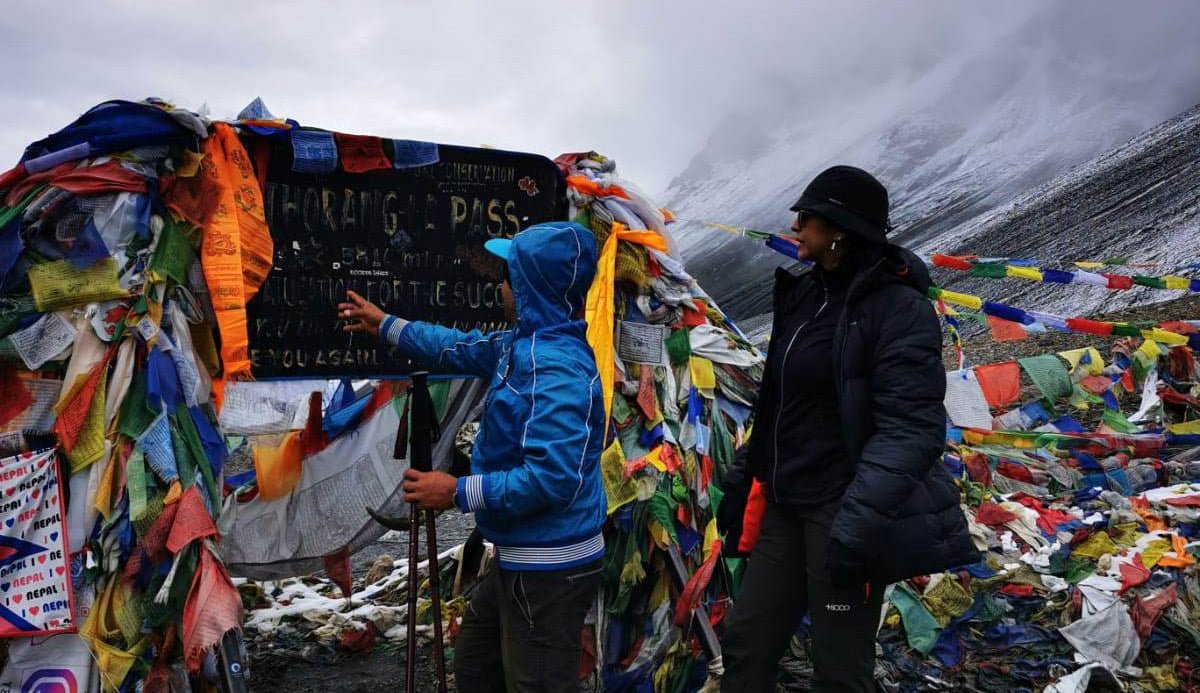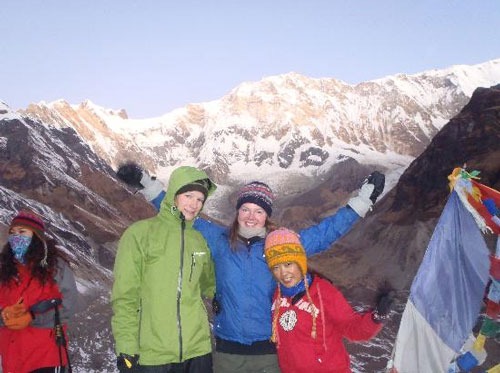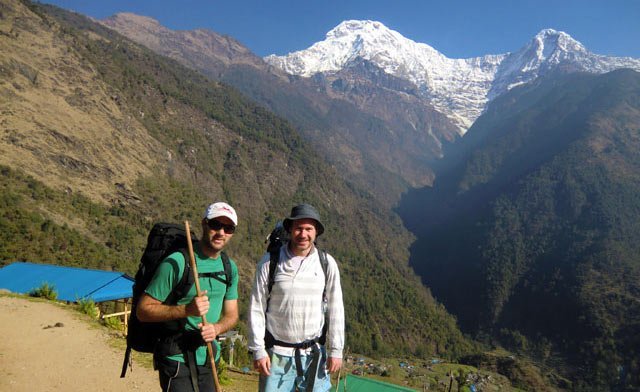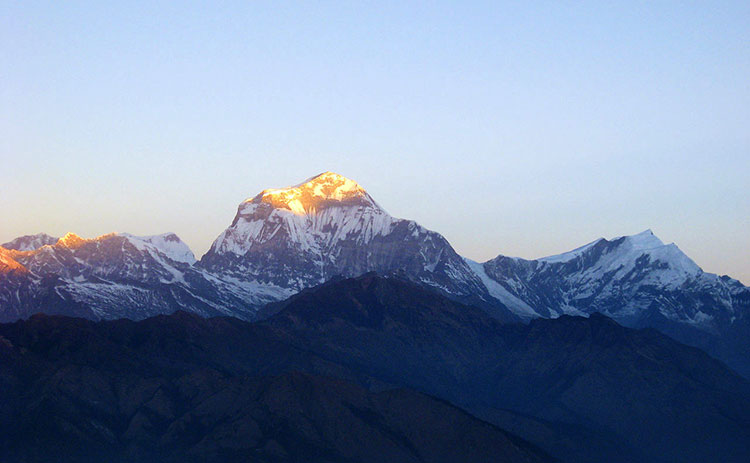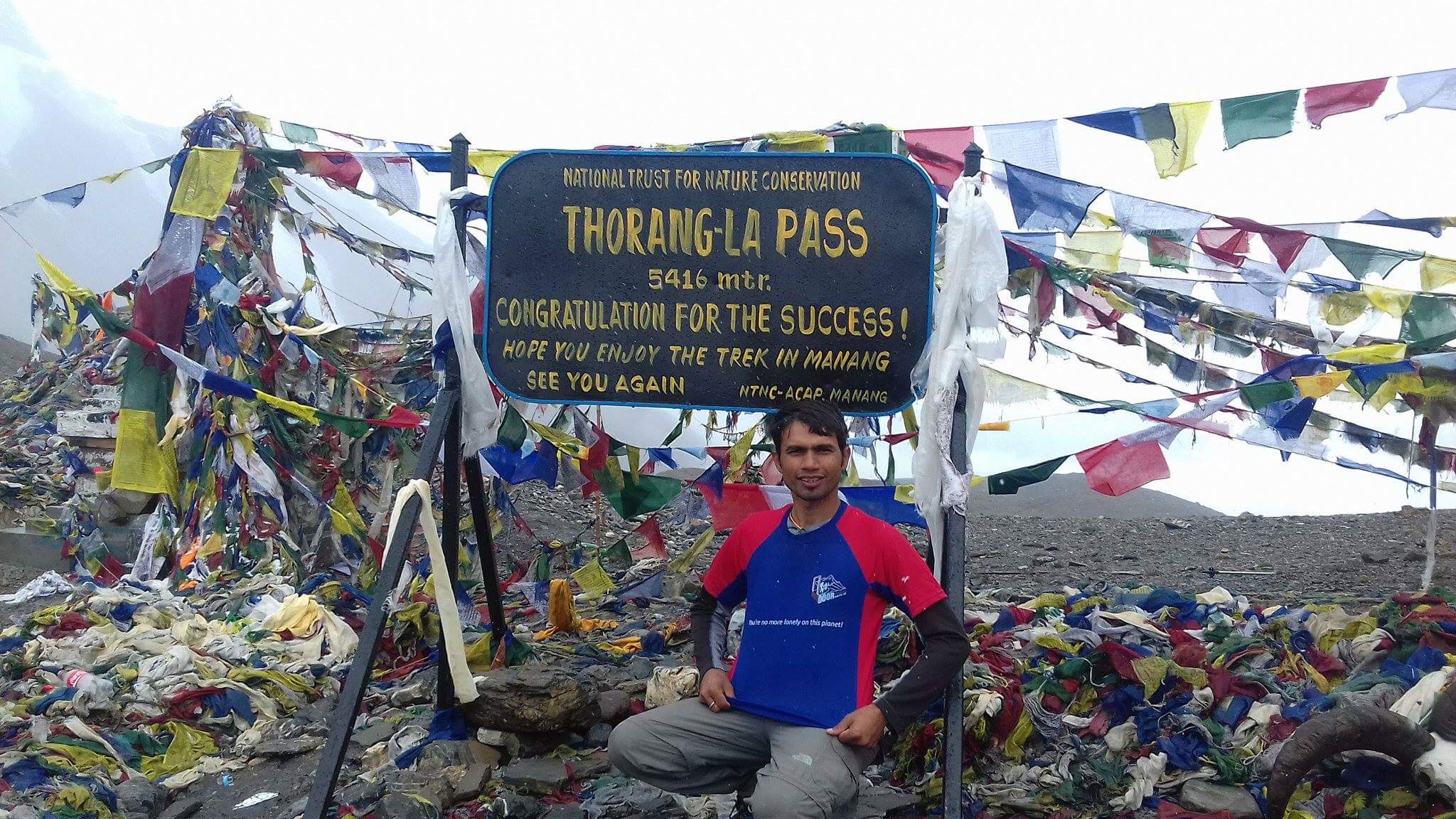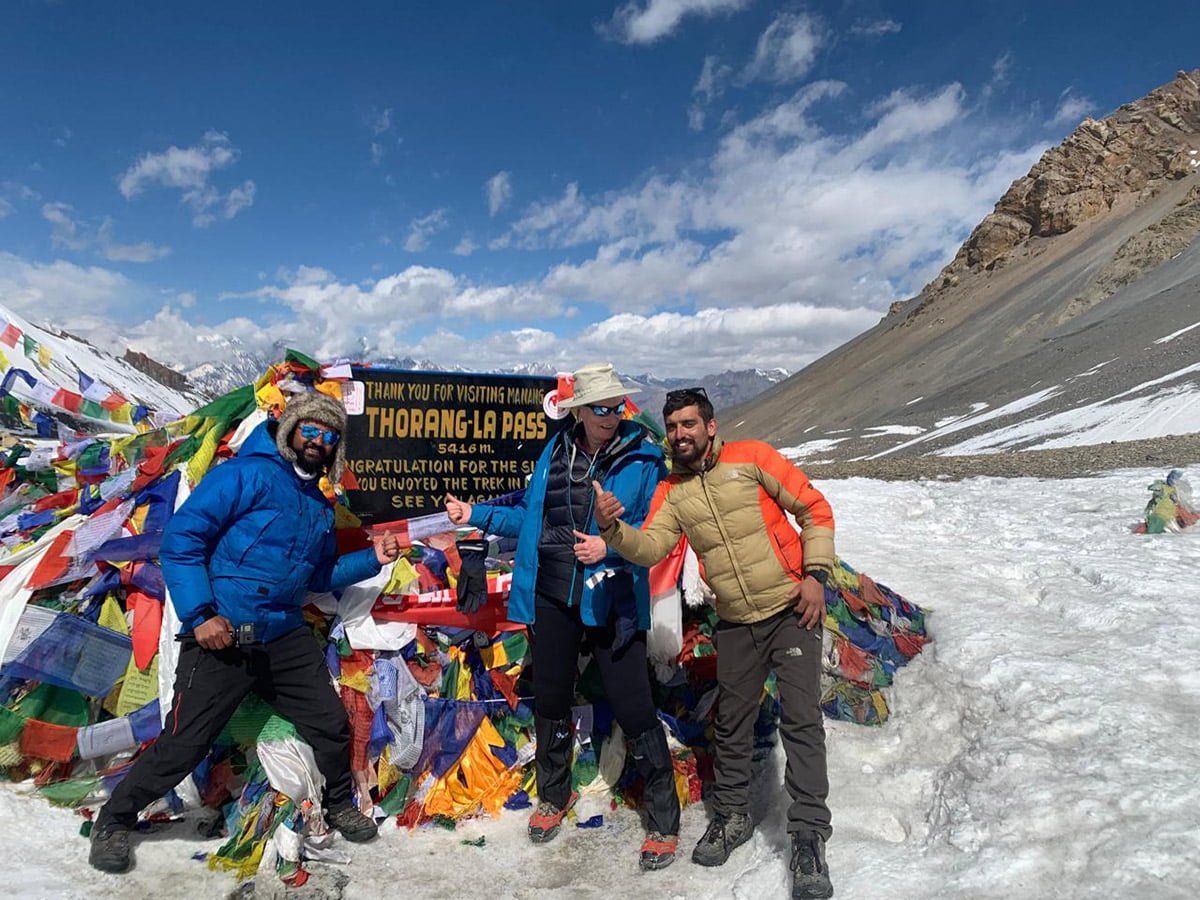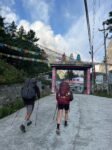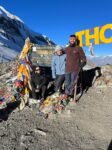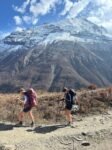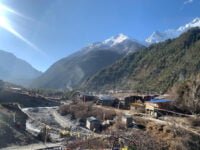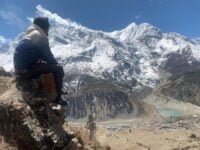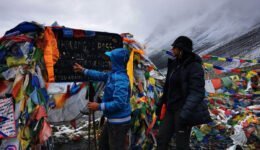Annapurna Circuit Trek is an adventurous trek whose itinerary has been prepared to take both convenience and budget into consideration; so that almost anybody with sound health and fitness level can participate. The trek starts from Bagarchhap traversing several beautiful settlements. Till we achieve its source, close to the delightful valley of Manang, continues through ordinary forests and passes, the most elevated point being Thorang La Pass (5,416 m).
Is this Annapurna Circuit Trek for me?
Physical Grading: Difficult
A difficult-graded trek that demands trekkers/travelers to have a top level of physical and mental fitness to trek daily for long hours at high altitudes.
Max Elevation: 5,416 m (Thorang La Pass)
The highest point of the trek to get phenomenal views of Mt. Annapurna, Nilgiri, Dhaulagiri, etc.
Accommodation: Hotel, Teahouse
Basic and comfortable accommodation with basic services during the trek and a standard hotel in a city.
Meals: Full Board
3-course Healthy and Hygienic meals during the trek, and only breakfast in a city.
Best Season: Autumn & Spring
Clear views and comfortable trekking trails due to stable weather and temperature.
Trip Route:
Bagarchhap - Chame – Pisang – Manang – Yak Kharka – Thorang Phedi – Thorang La Pass -Muktinath
Annapurna Circuit Trek Highlights
- Highest Pass Thorang La (5,416 m)
- Panoramic views of mountain ranges and peaks (Annapurna, Dhaulagiri, Manaslu, and more.)
- Himalayan wildlife and dense forests of oak, rhododendron, pine, maple, etc.
- Sacred Muktinath temple
- Terraced farmlands, lush greenery, and beautiful landscapes
- Traverse through villages of various ethnic groups
- Immerse yourself in the Himalayan lifestyle and culture of locals
Annapurna Circuit Trek Overview
Our Annapurna Circuit Trek itinerary has been prepared to take both convenience and budget into consideration; so that almost anybody with sound health and fitness level can participate. The trek starts from Bagarchhap traversing several beautiful settlements. Till we achieve its source, close to the delightful valley of Manang, continues through ordinary forests and passes, the most elevated point being Thorang La Pass (5,416 m).
Thorang La Pass lies in the Mustang district with Muktinath. Muktinath is a Hindu pilgrimage with natural wonders on the bank of the Kaligandaki River. Annapurna Circuit has a well-developed infrastructure for trekkers with an abundant number of lodges on the way. You just need to carry a backpack and little else, enabling you to hop from one lodge to another every day throughout the journey.
Throughout your Annapurna Circuit Trek you will have the capacity to appreciate hypnotizing perspectives of the Himalayan Range; including three major peaks, Mt. Annapurna, Mt. Dhaulagiri, and Mt. Manaslu, all of which measure above 8,000m. This is the longest and maybe the most rewarding and adventurous among various Annapurna treks which fluctuate on the level of adventure and duration. Your trekking experience will additionally be rich with multicultural experiences. When you meet the neighborhood villagers who might be financially poor but are kind and caring at heart. And they are helping Nepal to preserve some of its ancient traditions.
Due to the Himalayan wildlife and dense forests of oak, rhododendron, pine, maple, and many other types/species of plants will help you to gain a good idea about the biodiversity that Nepal has. This richness makes the journey a kind of wildlife tour in the high mountain region.
